Form: One of the tallest eastern species with heights ranging 60 -130 ft. and a 2 - 8 ft. dbh, upper part of bole exfoliates.
Leaves:
Arrangement: alternate
Shape: Ovate with 3 -5 lobes
Margin: toothed
Texture: Veins are pubescent
Venation: palmately veined
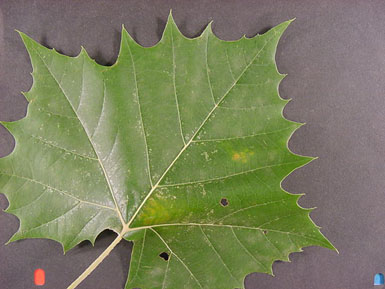
Bark: It's bark is gray-brown and scaly at base and peels extensively, revealing a mottled white to gray-brown upper trunk.
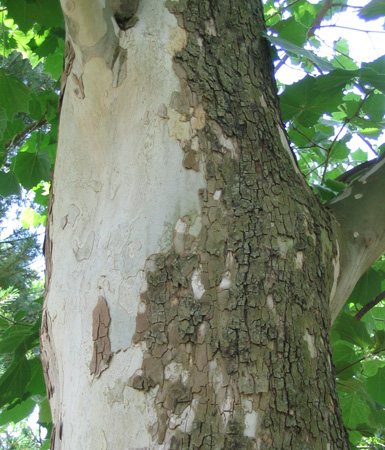
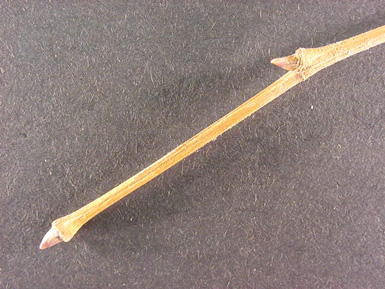
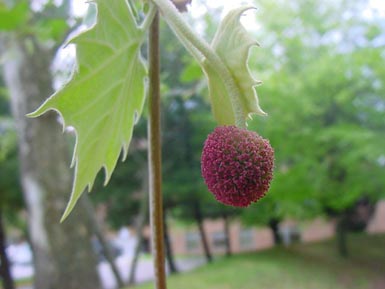
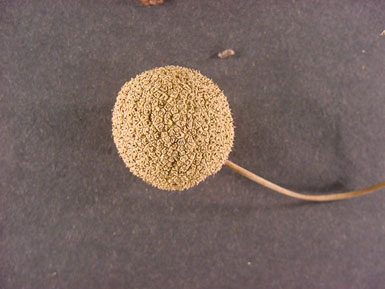
Distinguishing characteristics: Look for the exfoliating bark, toothed leaves with 3 lobes, and buds that are partially enclosed.
Range: Southwest Maine to eastern Nebraska, south to southeastern Georgia
Silvics: It is intolerant of shade and prefers to grow on stream bottoms and low slopes.
Ecological and cultural importance: Valuable timber species, used for furniture, pulpwood, particle, and fiberboard. Few species of birds and rodents eat the seeds. Also noted as a medium rated habitat for waterfowl.